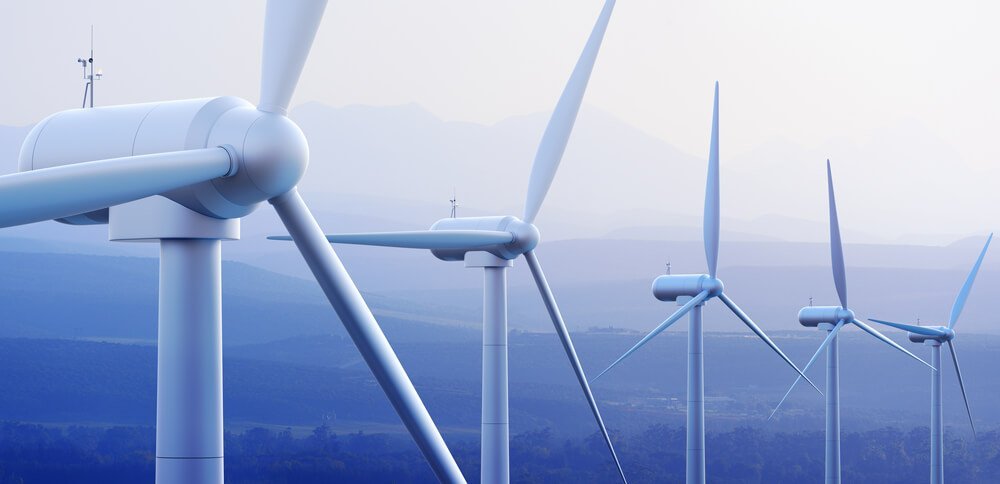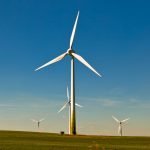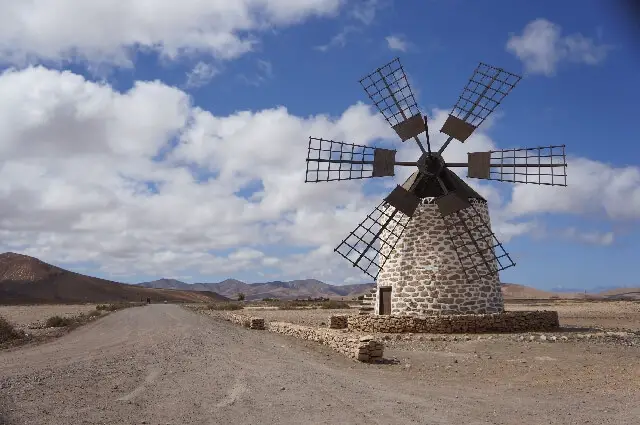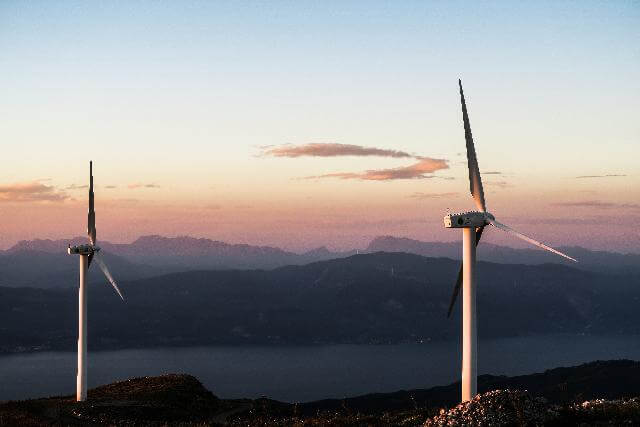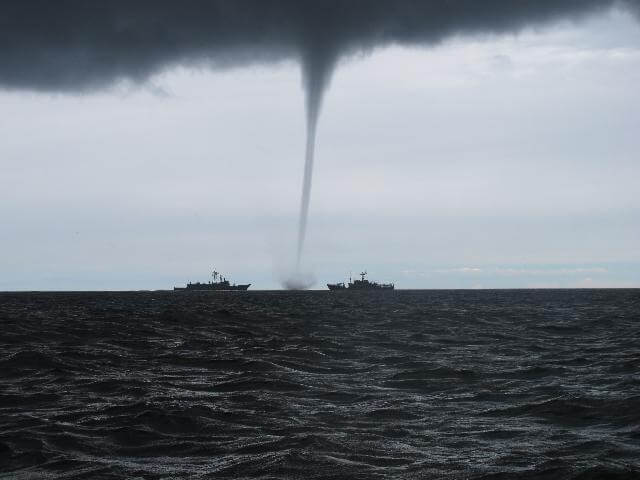You’ve probably passed by a farmhouse and seen a super-long pole with unbelievably long blades spinning at the top.
There are almost no exceptions to this. Just about every single wind turbine that you find would have similarly long blades.
Hence this begs the question, why are wind turbine blades so long?
Why Do Wind Turbines Have Long Blades?
To accurately answer this question, we would have to approach it from a scientific point of view.
There are two basic ways of efficiently producing power from wind in a specific region:
- Using big rotors and long blades that would cover an impressive area. This serves to boost its capacity for production or in other words, increase the amount of power generated.
- The second is to raise the blades very high into the atmosphere where there is a steady blowing of the wind. So, we’re looking at the length of the turbine increasing significantly. This approach would typically improve the amount of power that the turbine can produce within its fixed capacity for production.
However, there is a problem with the second approach.
And it is that the materials available for making turbines at the moment cannot withstand the intensity of wind at such high levels.
Therefore, they would get damaged, and then the entire purpose would be defeated.
Using the first approach of longer turbine blades has made for the production of increased amounts of power without having to raise the height of the turbine.
So, longer turbine blades make up for what the turbine doesn’t have in height.
According to Scientific American, a 20% increase in blade length since 2009 has doubled the average area swept by turbine blades.
This helps the blade capture wind flowing more efficiently, increases the amount of power produced, and in turn, reduces the cost of access to wind energy.
Are Longer Wind Turbine Blades Better?
When it comes to turbine blades, the simple principle is ‘the bigger the better’. The longer the blades, the more efficient it would be at harnessing the intensity of the wind.
However, with most things, there’s a limit.
To better under these limits, we would have to take a look at innovation from the start to where it is at this point.
Vestas, a Danish firm began the gigantism trend in 1981 with their three-blade machines that were capable of producing a minute 55 kilowatts of power. By 1995, the figure was up to 500 kW, and by 1999, 2 MW.
However, there are further innovations.
For instance, MHI Vestas announced previously that by this year 2021, the MHI Vestas Offshore Wind’s V164 would rise to 105 meters and have blades as long as 80 meters with a power generation capacity of up to 10 MW.
General Electric through their Renewable Energy program also announced a 260-meter hub with whopping 107-meter blades that would be unveiled by 2021 too.
Presently, the longest blade length would be from a conceptual design that intends to produce up to 50 MW of power.
The height would be over 300 meters and the blades around 200 meters.
It’s safe to say that at the moment, this is the limit to which turbine blades can go.
But there’s no saying that soon, there wouldn’t be a significant increase in blade length.
What is the Best Composition of the Wind Turbine Blades?
Traditionally, wind turbines are a combination of steel (71-79% of total turbine mass), fiberglass, resin, or plastic (11-16%); iron or cast iron (5- 17%); copper (1%); and aluminum (0-2%). This is according to a report from the National Renewable Energy Laboratory. (Source)
However, further innovation has seen the use of composites for constructing wind turbines.
Composites refer to two or more materials that have varying chemical or physical properties, but when they are combined, they produce a stronger and more quality material as a result.
Are Composites the Next Best Composition for Wind Turbine Blades?
There are standards for blades, such that they must meet certain mechanical properties like resistance to fatigue and torsion as well as high rigidity.
In addition, they must have a tolerance for high temperatures and withstand corrosion effectively. Composites do great in these areas.
Composites used in making wind turbine blades include resins of glass fiber reinforced polyester, glass fiber reinforced epoxy, and carbon fiber reinforced epoxy.
The composites formed from a combination of a resin matrix with glass fibers produce composites that are strong, corrosion-resistant, stable dimension-wise, and highly essential, lightweight.
Other high-strength composite materials such as carbon fiber and epoxies are also being used and they generally require lower manufacturing costs, have great design flexibility, and significant dielectric strength.
Furthermore, the use of composite materials allow for less weight on finished portions and guarantee increased levels of stiffness.
Also, since they are flexible, therefore it’s easier for wind technicians to maintain and make repairs, thereby guaranteeing a longer blade life.
It’s safe to say that composites could be the best bet for turbine blade manufacturers.
Conclusion
Effective wind turbine blades are vital to the quest for a greener energy source.
And at the rate at which innovation is happening, today’s blade length record could easily be beaten tomorrow.
However, the bottom line, the longer the blades, the better.
